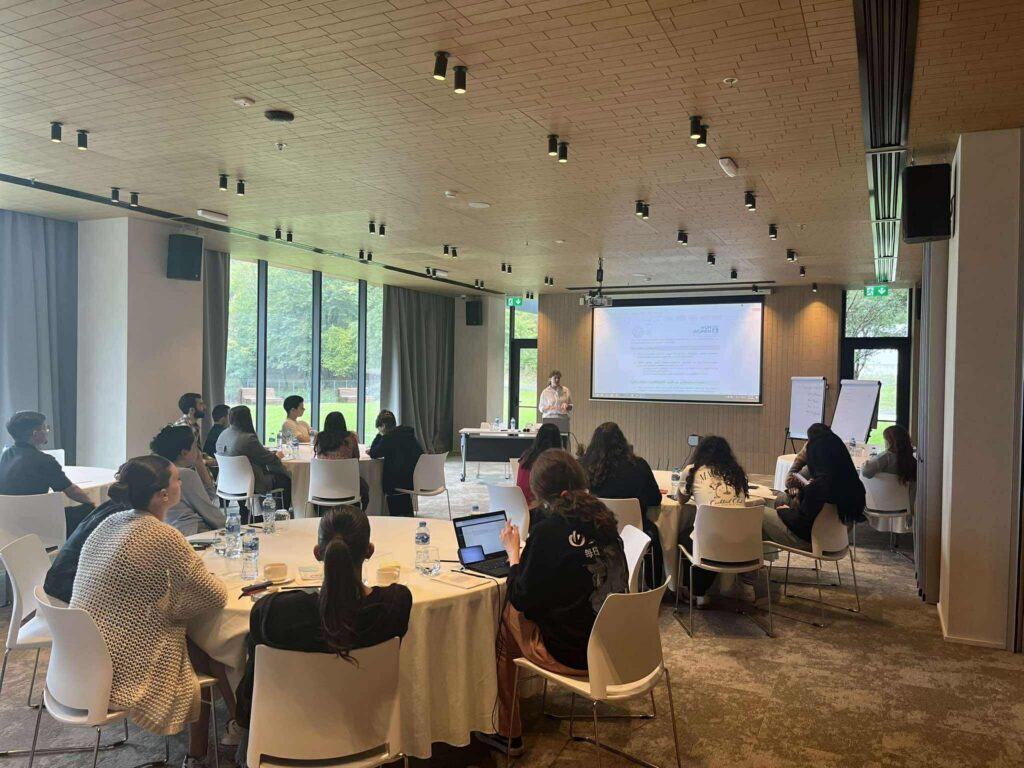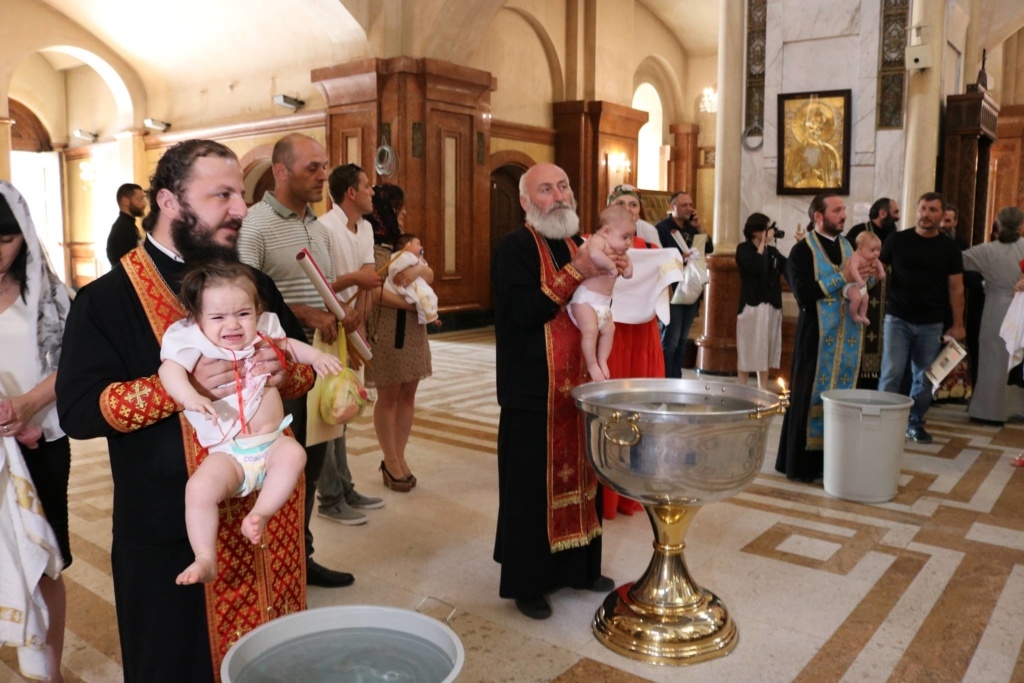The study and analysis of civil society and civic participation is a fundamental way of better understanding a region and its processes of development and democratization. Researcher Babken Babajanian has studied civil society and civic participation in post-Soviet Armenia. He uses these two terms interchangeably but they refer to the ways individuals and groups relate to one another, organize into collectives, and pursue their political and social objectives.
Babajanian asserts that not enough attention or credit has been given to the significance of the role of civil society and that its function is too often contextualized by its relationship to the processes of democratization. Scholars have generally referred to two types of civil society (not necessarily mutually exclusive): the neo-liberal model, and the communal model. In the late 1980s and then in the post-Soviet context, the Western perspective (and especially Western donors with civil society-related programs) defined civil society as a neo-liberal concept associated with modernity, the creation of the nation state, and the people-led promotion of liberal political values. Conversely, others assert a second form of civil society existed throughout the Soviet period, a more inclusive and communal concept rooted in a vast history of traditional cooperation, mutual assistance and localized decision-making. Communal civil society consists of more informal methods of interaction, discourse and collective promotion.
According to Babajanian this communal form civil society better describes civil society in post-Soviet Armenia, which promotes both political and social objectives but is circumscribed by structural inhibitors like poverty and poor (and/or corrupt) governance. Thus the role of civil society is especially important given its role as an alternative mechanism in ensuring services that the state is either unwilling or incapable of providing.
Babajanian analyzed qualitative research conducted between 2001 and 2003 that utilized conversational and semi-structured interviews, focus groups and discussions with local government officials and informal leaders within the community. His analysis indicated that mutual assistance (small amounts of cash, labor assistance, psychological support, etc.) is an important resource, despite many individuals stating they knew that reciprocation wasn’t always possible given widespread poverty and pronounced social inequality. In rural areas shops sell goods for credit, and debtors often repay their debt only after they sell their crops, or receive remittances or social assistance. As a sign of solidarity communities will often pitch together and provide voluntary labor for communal infrastructure and environmental maintenance. This, too, is constrained by limited time and resources, so solutions are often only temporary.
This is why the actions of formal authorities on the local level are so essential, because of their potential to mobilize communities and lobby on their behalf to donor agencies, NGOs and the government. Local informal leaders (e.g. school directors) also act as social entrepreneurs when they leverage their personal networks and pursue informal channels to advocate for their communities. This leveraging ability is frequently based on pre-existing forms of patronage (which can also be problematic when bureaucrats and persons with influence are corrupt and take advantage of the lack of rule of law). Many of the study’s respondents expressed the belief that only those who have solid contacts, financial resources and high social status could succeed in private entrepreneurial activities, thus reinforcing a general feeling of helplessness.
In post-Soviet Armenia, local communities do regularly cooperate with one another and initiate solutions in an effort to manage local development. However these actions are frequently limited by pervasive poverty and the institutional legacies of the socialist system. Rural communities rely heavily on area leaders to help facilitate development but as a result this constrains the scope and capacity of citizens’ self-promotion and participation in decision-making processes. Babajanian strongly recommends that donor and development agencies better understand and acknowledge these extant forms of civic participation and tailor their programs correspondingly so as to maximize the effect of their assistance.
The citation for the paper is “Civic Participation in post-Soviet Armenia,” Central Asian Survey 24 No. 3 (September 2005), pp. 261-279.







